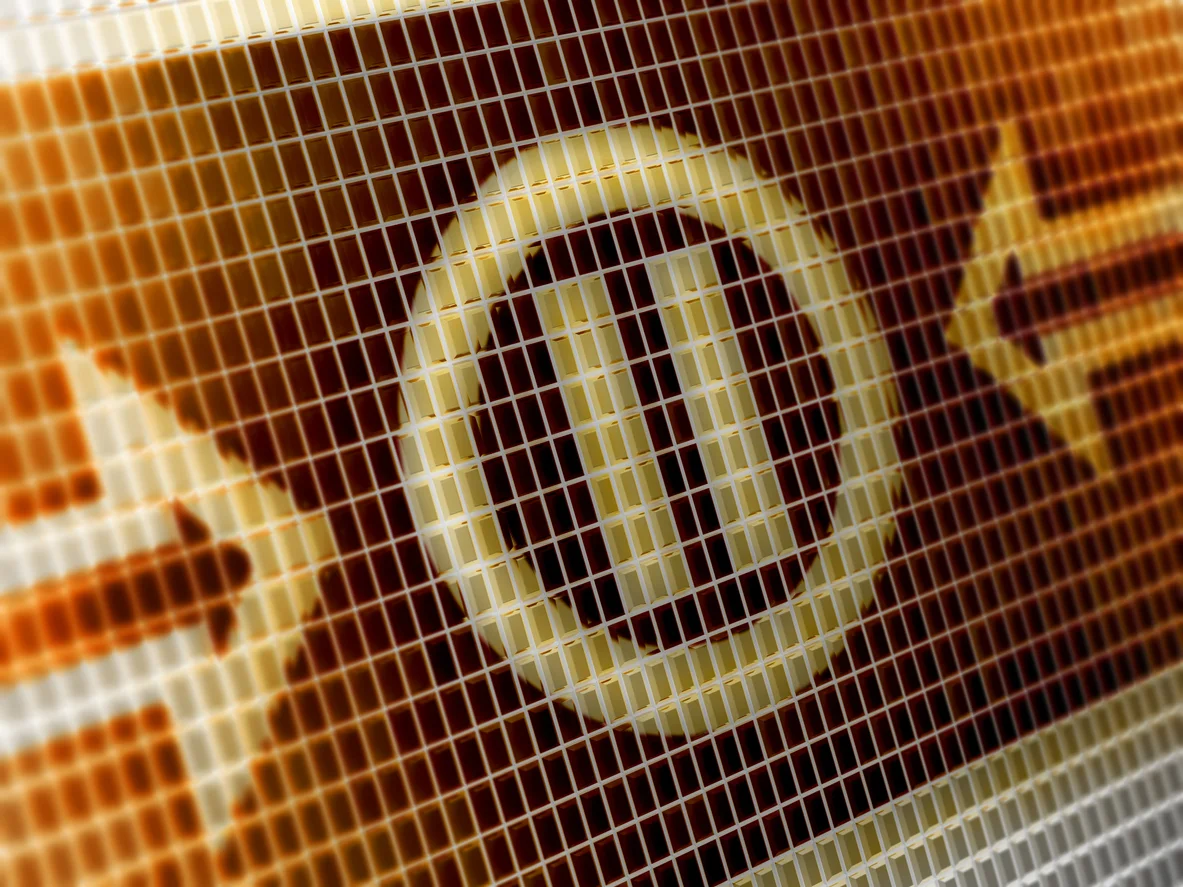What have Tony Blair, Bruce Springsteen, Margaret Thatcher, Steve Jobs and Ronnie Corbett got in common?
They all knew the power of the pause to make sure their words delivered the impact they wanted.
Tony Blair at the height of his popularity was a master at varying the pace of his delivery but also using pauses to ‘underline’ or ’highlight’ his key message during TV interviews.
When Bruce Springsteen was publicising his recent autobiography, during interviews he would bridge from a journalists’ question to his response by chuckling quietly, almost to himself, as a way to pause and buy a bit of time before he began to speak.
Margaret Thatcher spoke very slowly, sometimes using pauses as much as she was using words, to communicate. If you watch some of her speeches, exchanges in the House of Commons or media interviews it enhances what she is saying as well as giving her greater authority.
Steve Jobs changed the way business leaders present ideas and built a following for him and Apple in part due to his iconic set piece product launches where making sure his words were properly heard and understood was so important.
And the late Ronnie Corbett used dramatic pauses as a way to build anticipation to the inevitable punchline as part of his legendary meandering monologues perched in a chair three sizes too big for him.
A pause is often another word for silence. And we all know that silence can be very powerful.
That is why a pause when delivering a speech, a presentation, talking as part of a pitch team or answering a question is a useful tool to have in your armoury. Sadly, it is a tool few deploy or practice using.
This in itself can make your use of a pause stand out even more. Elevating your performance and giving additional weight to the words you use after the pause.
So, remember that a good pause can help you to:
· Take time to think before you speak
· Build anticipation
· Frame an important point
· Give you greater authority
· Make sure your words are properly heard
· Slow down your delivery
As well as the examples above look out for good communicators and watch how they use this overlooked fundamental of good communication.
Then, next time you are preparing to talk to an audience and want to enhance your performance, remember to use the pause.

